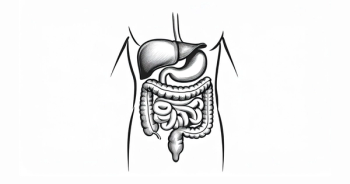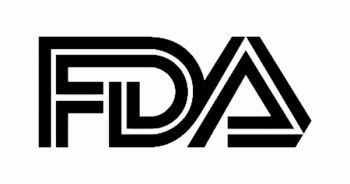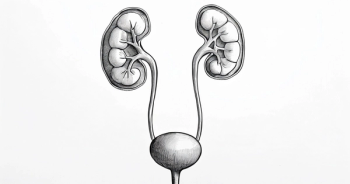
OS Therapies Seeks FDA RMAT Status for OST-HER2 in Pediatric Osteosarcoma

- OS Therapies has submitted an application to the FDA requesting regenerative medicine advanced therapy (RMAT) designation for OST-HER2 (OST31-164).
- OST-HER2 is an investigational immunotherapy being evaluated for the prevention of metastatic recurrence in pediatric patients with recurrent, fully resected, lung-metastatic osteosarcoma.
- Interim data from an ongoing phase 2b clinical trial (NCT04974008) supports this request to the FDA.
OS Therapies has submitted an application to the FDA requesting RMAT designation for OST-HER2, an investigational immunotherapy currently under evaluation for the prevention of metastatic recurrence in pediatric patients with recurrent, fully resected, lung-metastatic osteosarcoma.1
The RMAT designation, designed for regenerative medicine products intended to treat serious or life-threatening conditions, provides access to FDA’s expedited programs. This includes increased regulatory guidance and eligibility for a rolling and accelerated review of a biologics license application (BLA).
This submission is supported by interim data from an ongoing phase 2b clinical trial (NCT04974008), which met its primary end point by demonstrating a statistically significant improvement in 12-month event-free survival (EFS). Patients treated with OST-HER2 achieved a 12-month EFS rate of 33%, compared with 20% in a matched historical control group (P =.0158). Imaging assessments were conducted every 3 months, consistent with standard postsurgical surveillance in this patient population.
All patients who remained event-free at 12 months in the OST-HER2 arm were alive at the time of analysis. Interim overall survival (OS) data also favored OST-HER2: 1-year OS was 91% vs 81% in historical controls (P =.0700), and 2-year OS was 61% vs 40% (P =.0576).
A subgroup analysis of 12-month EFS among patients treated with OST-HER2 (n = 39) revealed notable trends by gender and surgical history. Female patients demonstrated a higher 12-month EFS rate compared with males (47% vs. 20%, respectively; P =.0604). Similarly, patients with a history of 2 or more prior lung resections had a higher 12-month EFS rate (55%) compared with those with only 1 prior resection (25%; P =.1366), although neither comparison reached statistical significance.
When compared with a nonconcurrent control group (NCCG) drawn from the only available US osteosarcoma database of patients with fully resected, lung-only metastatic disease, OST-HER2 showed a numerical advantage. The 12-month EFS responder rate was 33% in the OST-HER2 group (13/39) vs 11% in the NCCG (1/9; P =.1848). Among patients who did not achieve 12-month EFS, the median time to recurrence was also longer in the OST-HER2 group (5.9 months) compared with the NCCG (4.7 months; P =.1454), suggesting a potential delay in disease progression with OST-HER2 therapy. While these findings are exploratory, they support further evaluation of OST-HER2 in well-controlled prospective studies.
About OST-HER2 and the Phase 2 Study
OST-HER2 is being evaluated in a phase 2, multicenter trial in patients with recurrent, fully resected, lung-only metastatic osteosarcoma.3 Investigators are evaluating the agent’s safety and efficacy in patients between the ages of 12 and 39. Patients are required to have weighed at least 40 kg at diagnosis, had an ECOG performance status of 0 to 2, and had adequate organ function. Further, patients must have fully recovered from any prior therapy, which includes chemotherapy, immunotherapy, radiotherapy, or surgery, prior to enrollment in the study.
The final analysis included 39 evaluable patients from 21 sites.2 Patients were given treatment with OST-HER2 monotherapy 16 times every 3 weeks for up to 48 weeks.
The primary end point of the study was 12-month EFS, assessed by evaluating patients who underwent imaging every 3 months, and a key secondary end point was OS at 3 years. Investigators also looked at the incidence of treatment-emergent adverse events throughout the duration of OST-HER2 administration.
Notably, OST-HER2 has previously been granted rare pediatric disease designation, orphan drug designation, and fast track designation by the FDA.1 OS Therapies now expects to receive regulatory feedback from the FDA by mid-June 2025, following a Type D meeting focused on the statistical analysis plan. Based on the outcomes of that meeting, the company intends to initiate an end-of-phase 2 meeting to align on the clinical and regulatory path forward. Subject to FDA concurrence, OS Therapies aims to begin a rolling BLA submission in the third quarter of 2025.









































